9 Ladies Of The Suffragette Movement That You Should Know
On August 18, 1920, the 19th Amendment was ratified. The amendment gave women the right to vote. This year, we celebrate the 101st anniversary of the woman’s right to vote.
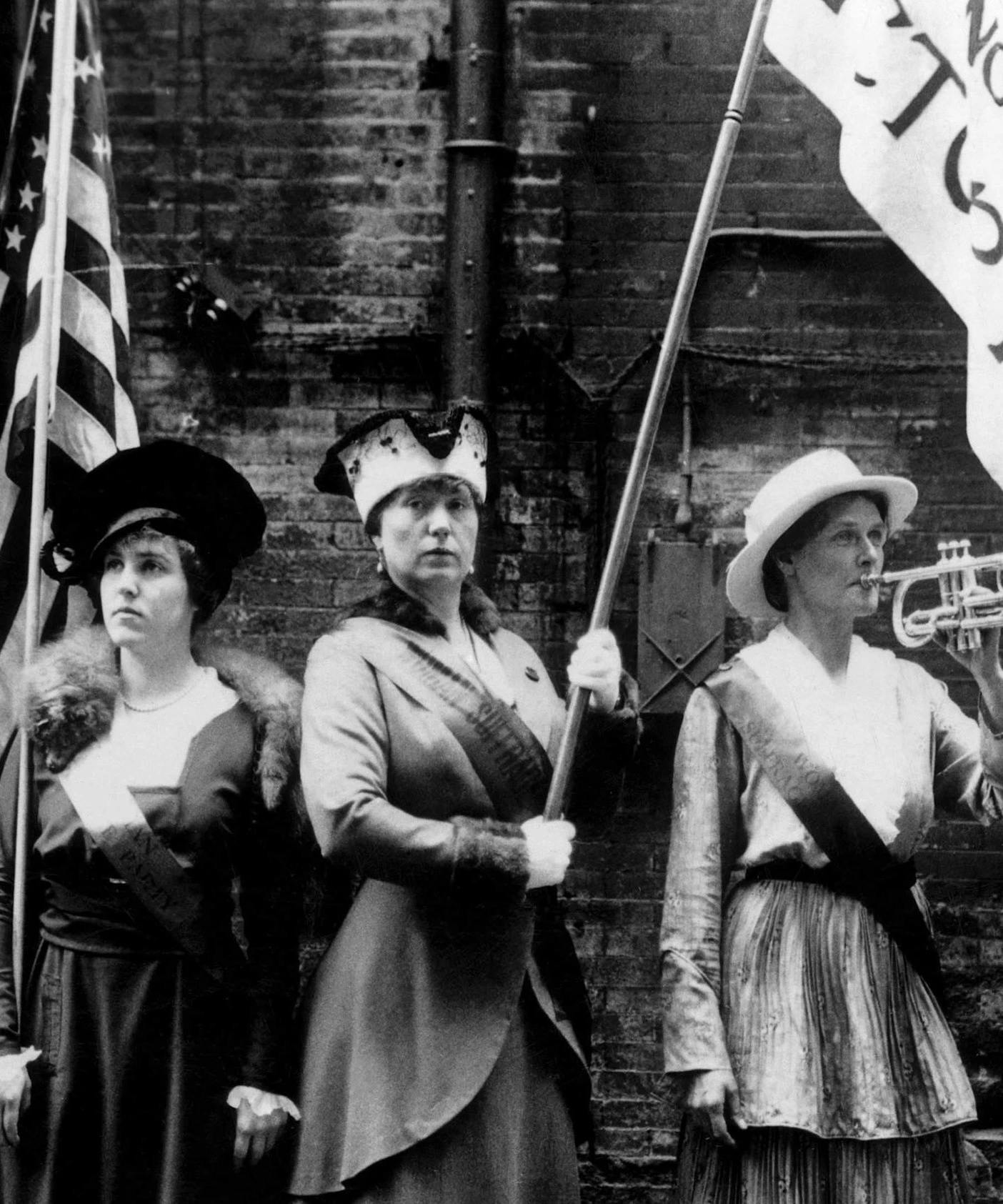
While celebrating, it’s important to remember the women who fought relentlessly for our right to vote. Some you’ve heard of, some you haven’t, but all nine of these incredible women were instrumental in gaining our right to vote.
Sojourner Truth
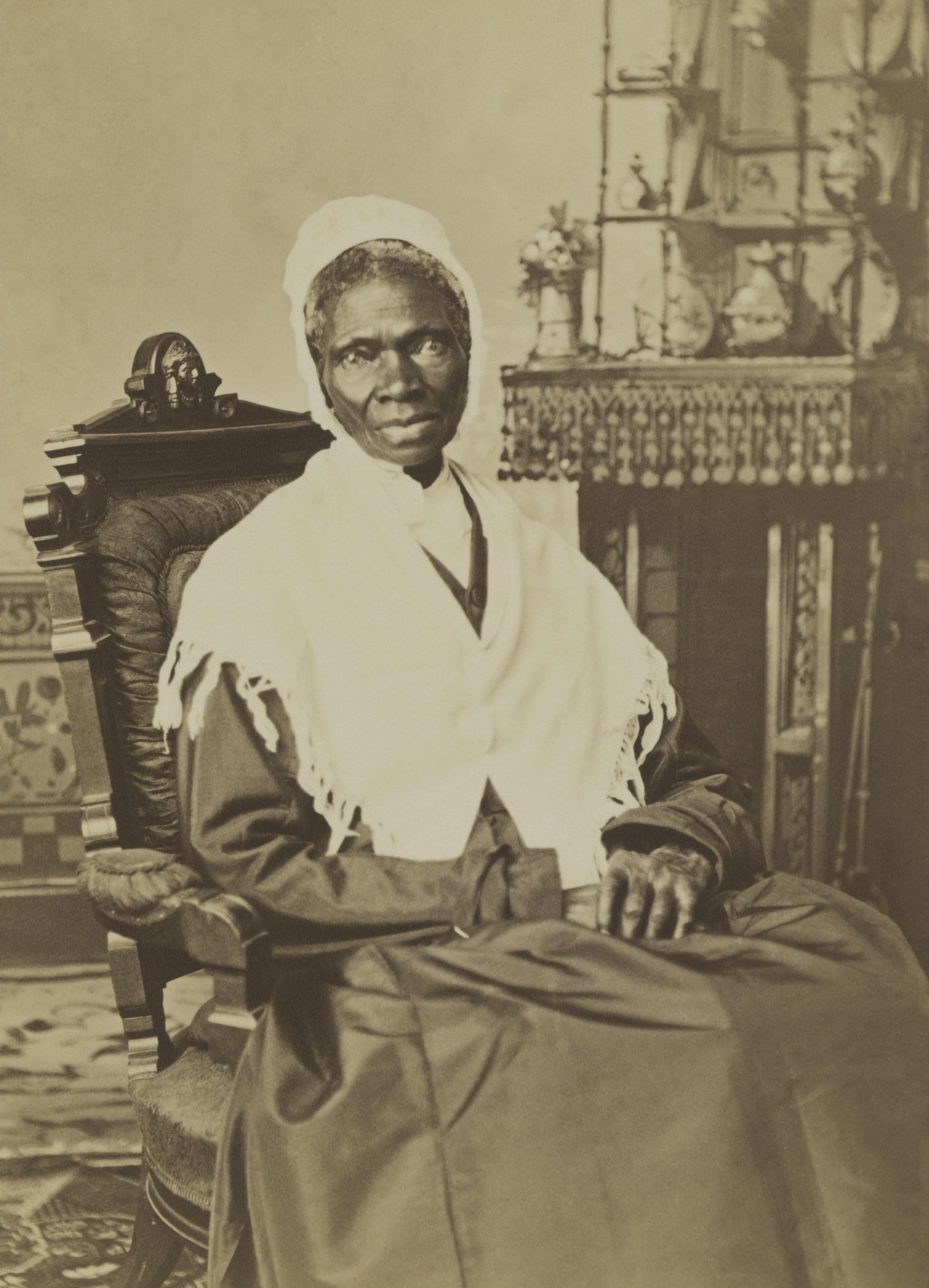
Born a slave named Isabella Bomfree in 1797, Sojourner Truth escaped slavery in 1827 and moved to New York City. In the 1830s, she became a preacher and changed her name to Sojourner Truth. She became an abolitionist through her work as a preacher, working with powerful abolitionists like Frederick Douglass and William Lloyd Garrison.
She extended her activism to the temperance movement and the suffragette movement, working with both Elizabeth Cady Stanton and Susan B. Anthony. Despite being illiterate, Truth was famous for her fiery speeches, most notably the speech she gave at a women’s rights conference in 1851 titled “Ain’t I a Woman.”
Despite being illiterate, Truth was famous for her fiery speeches.
In the speech, she spoke of how black women were treated differently than white women in the 19th century. She famously said, “That man over there says that women need to be helped into carriages, and lifted over ditches, and to have the best place everywhere. Nobody ever helps me into carriages, or over mud-puddles, or gives me any best place! And ain't I a woman? Look at me! Look at my arm! I have ploughed and planted, and gathered into barns, and no man could head me! And ain't I a woman? I could work as much and eat as much as a man - when I could get it - and bear the lash as well! And ain't I a woman? I have borne thirteen children, and seen most all sold off to slavery, and when I cried out with my mother's grief, none but Jesus heard me! And ain't I a woman?”
Truth died in 1883, 37 years before the 19th amendment was signed and ratified.
Lucretia Mott
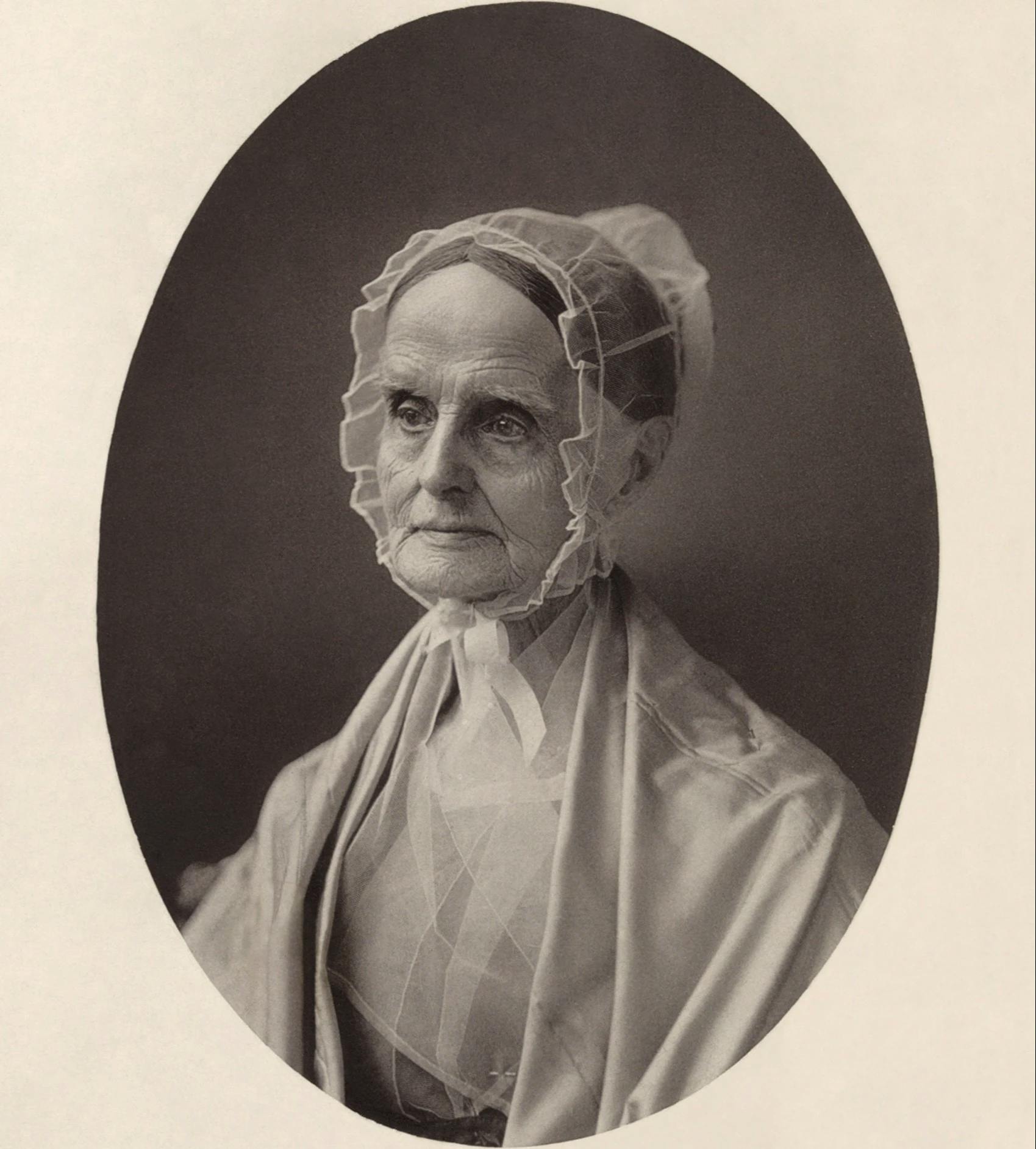
Born in 1793, Lucretia Mott began her career as an activist as an abolitionist. Her Quaker faith influenced her belief that slavery was immoral because all humans were created equal, and she took that same attitude to the suffrage movement.
After joining the American Anti-Slavery Society in the 1830s, she attended the World Anti-Slavery Convention in London in 1840. She left an impression at the convention as a woman who wouldn’t back down, and a journalist dubbed her the "lioness of the convention."
Lucretia Mott was one of the organizers of the Seneca Falls Convention in 1848.
The 1840 conference was a fateful one for Mott, for that’s where she met fellow abolitionist Elizabeth Cady Stanton. She and Stanton became fast friends, and both organized the Seneca Falls Convention in 1848, where the Declaration of Sentiments was signed. The Seneca Falls Convention is often thought to be the start of the suffragette movement.
Mott died in 1880, 40 years before the 19th amendment was signed and ratified.
Elizabeth Cady Stanton
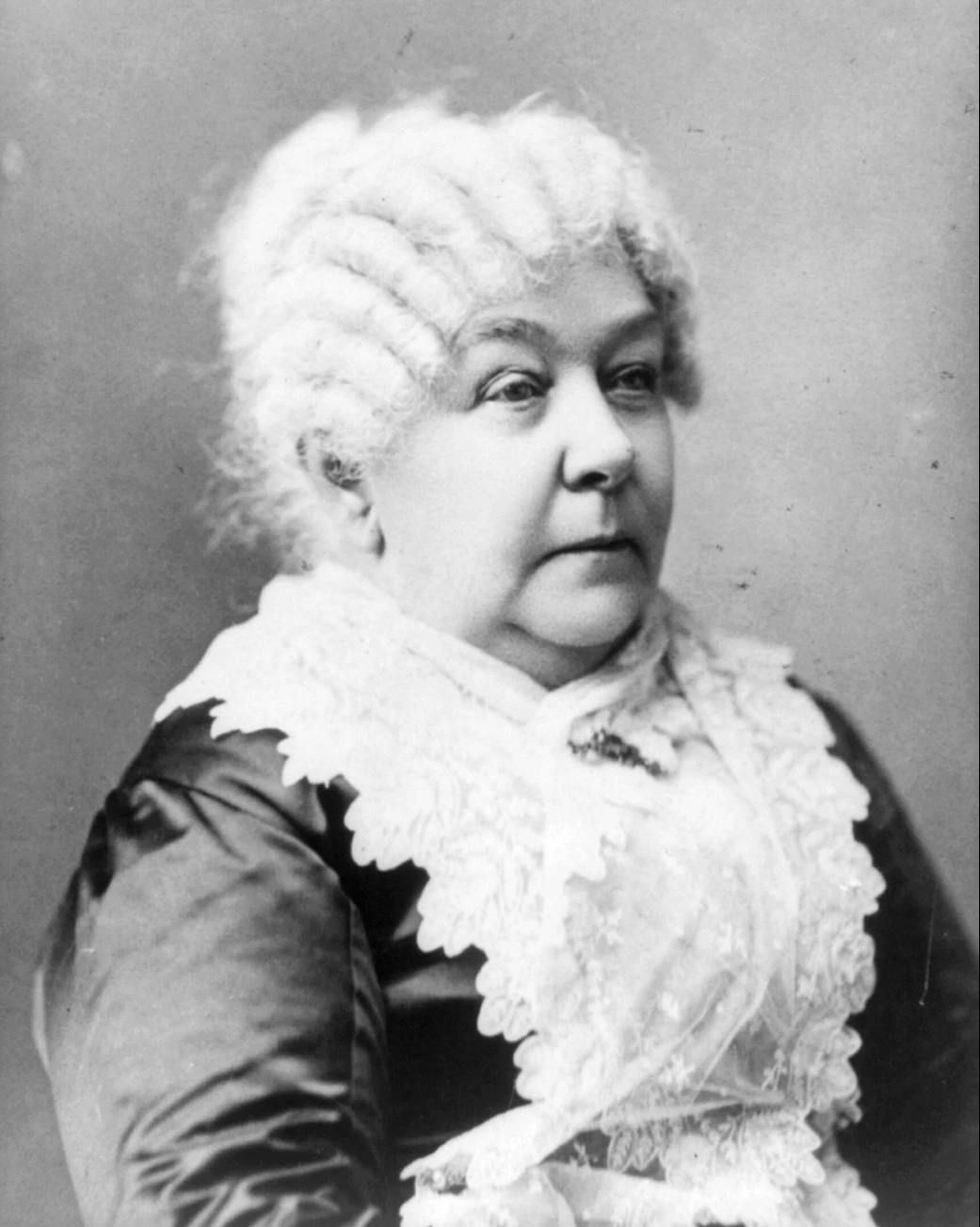
Born in 1815, Elizabeth Cady Stanton became an abolitionist when she married famed abolitionist Henry Stanton in 1840. They spent their honeymoon at the World Anti-Slavery Convention in London, where she met Lucretia Mott.
The two bonded over their interest in women’s rights, and both helped organize the Seneca Falls Convention of 1848. Stanton wrote the Declaration of Sentiments, a document that “called for social and legal changes to elevate women’s place in society and listed 18 grievances from the inability to control their wages and property to the difficulty in gaining custody in divorce to the lack of the right to vote.”
Stanton wrote the Declaration of Sentiments, which “called for social and legal changes to elevate women’s place in society.”
Stanton is also famous for collaborating with Susan B. Anthony on both abolitionism and fighting for suffrage. The pair founded the National Woman Suffrage Association (NWSA), where she served as the first president of the organization. NWSA later became the National American Woman Suffrage Association (NAWSA) and was one of the two parties that were instrumental in finally gaining the right to vote in 1920.
Stanton died in 1902, 18 years before the 19th amendment was signed and ratified.
Susan B. Anthony
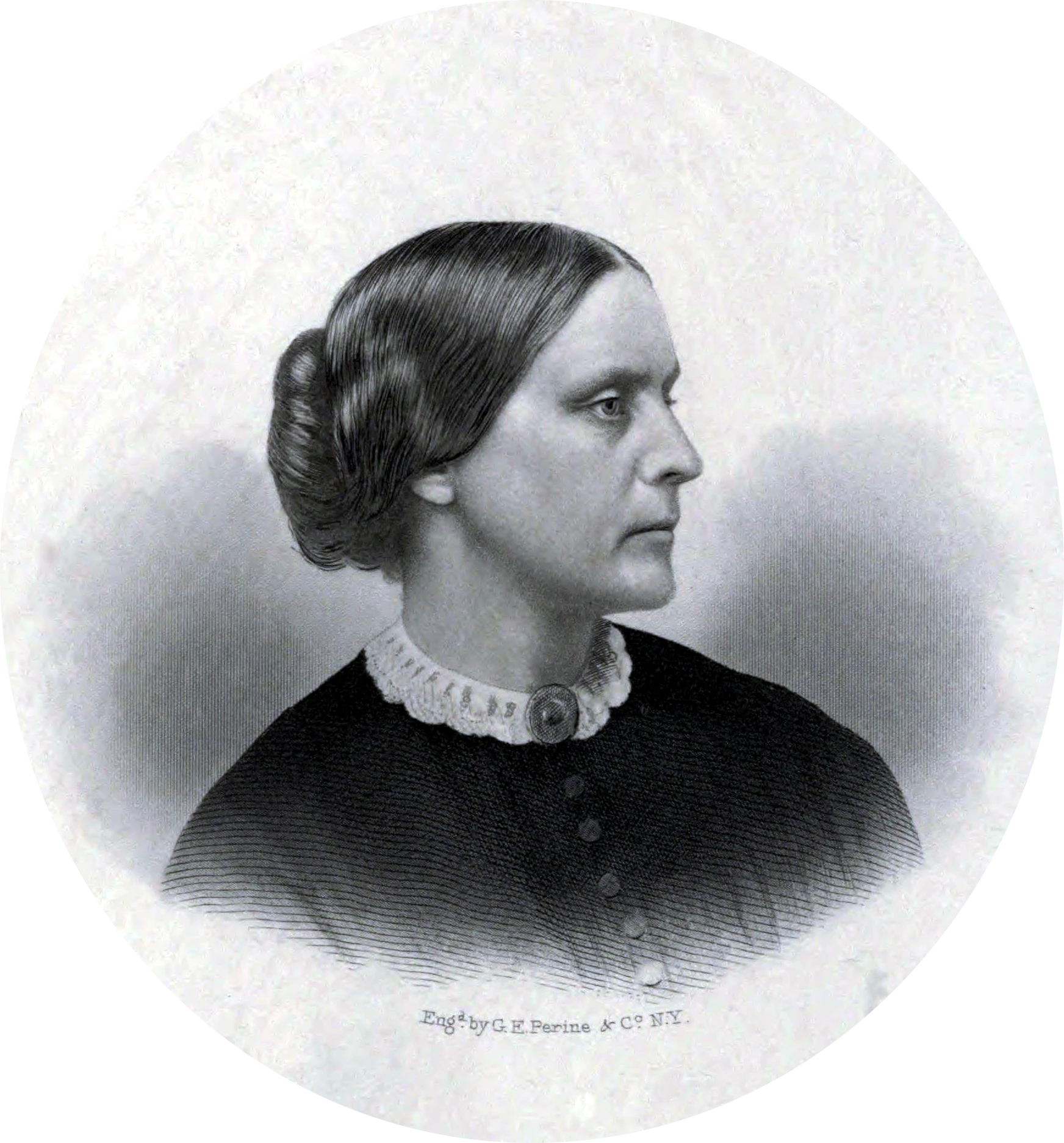
Born in 1820, Susan B. Anthony was drawn to activism because her Quaker faith taught her that everyone was equal. Like many of the women on this list, she began her activism career as an abolitionist. She befriended Elizabeth Caty Stanton in 1851 and began her career as a suffragette. Together they founded NWSA to push for the women’s right to vote.
Anthony is famous for the fiery speeches that often got her into trouble; however, she is most famous for getting arrested after trying to vote in 1872. After her arrest brought attention to the movement, she gave the famous speech, “The Declaration of Rights,” in 1876 at the Centennial for Independence.
Susan B. Anthony was arrested after trying to vote in 1872.
She famously said, “We, therefore, women of the United States of America, do solemnly publish and declare that we are by nature, and of right, ought to be by law, free and independent citizens, possessing equal political power with our brother men.” She continued, “We ask justice, we ask equality, we ask that all the civil and political rights that belong to citizens of the United States, be guaranteed to us and our daughters forever.”
She died in 1906, 14 years before the 19th amendment was signed and ratified.
Lucy Stone
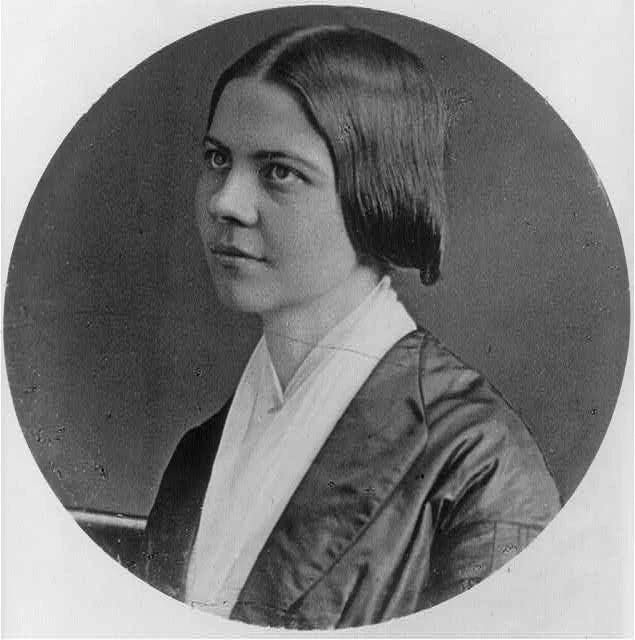
Born in 1818, Lucy Stone was the first woman in Massachusetts to earn a college degree. It wasn’t an easy feat, as her daughter Alice Stone Blackwell said, “At the low wages then paid to women, it took Lucy nine years to save up money enough to enter college. There was no difficulty as to the choice of an alma mater. There was only one college that admitted women.”
After graduation, she was hired by William Lloyd Garrison to write abolitionist speeches. She later embraced activism in women’s rights by organizing the first National Women’s Rights Convention in 1850.
Lucy Stone was the first woman in Massachusetts to earn a college degree.
Due to her political disagreements with prominent suffragettes Elizabeth Cady Stanton and Susan B. Anthony, she formed the American Woman Suffrage Association (AWSA) and created the publication, the Woman’s Journal. In 1890, AWSA joined with NWSA to create the National American Woman Suffrage Association (NAWSA), which helped win the women’s right to vote in 1920.
Stone died in 1893, 27 years before the 19th amendment was signed and ratified.
Harriet Tubman
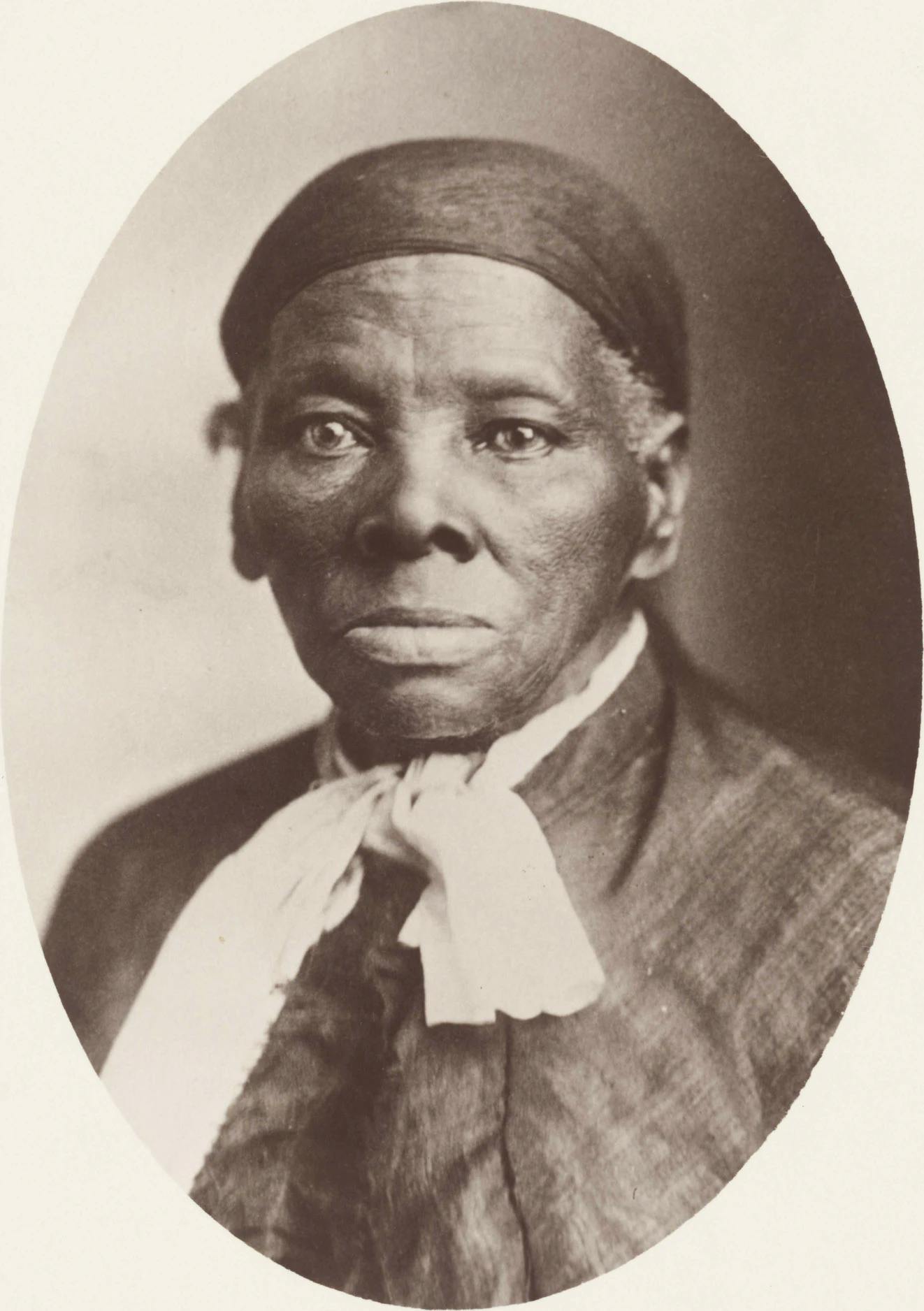
Although she is mostly known for escaping slavery, being a conductor on the Underground Railroad, and her abolitionist work, Harriet Tubman was also a suffragette. After slavery ended and the 13th amendment passed, Tubman worked with notable suffragettes like Elizabeth Cady Stanton and Susan B. Anthony to help fight for the women’s right to vote.
Tubman worked with notable suffragettes like Elizabeth Cady Stanton and Susan B. Anthony.
When asked if she believed in women’s suffrage, Tubman famously said, “I suffered enough to believe it.” Tubman died in 1913, seven years before the 19th amendment was signed and ratified.
Anna Howard Shaw
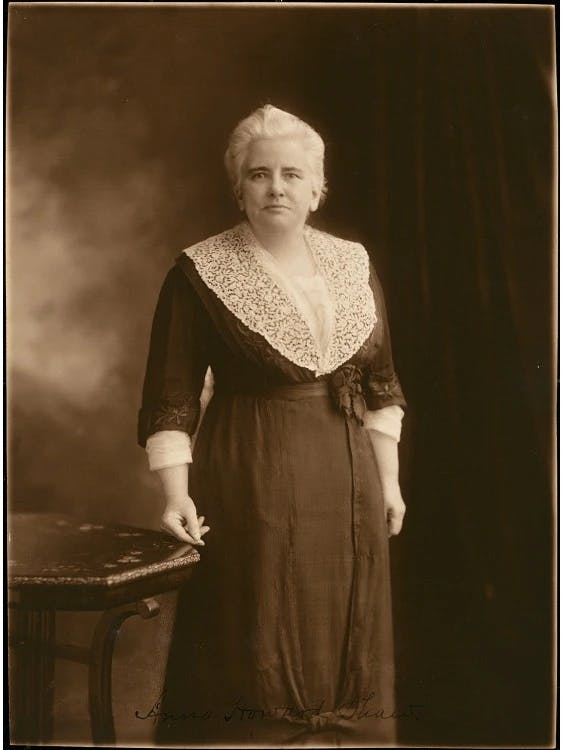
Born in 1847 in England, Anna Howard Shaw was a Methodist preacher and doctor who dedicated her life to fighting for the women’s right to vote. Her family moved to Michigan in 1851, and the health problems of her family members taught her to become self-sufficient from an early age. Shaw befriended Susan B. Anthony in the 1880s and was the president of NAWSA from 1904 to 1915.
"If woman's suffrage is wrong, it is a great wrong; if it is right, it is a profound and fundamental principle."
Shaw is most famous for her dedication to non-militant activism and her fiery speeches. One of her most famous speeches was the “Fundamental Principle of a Republic,” which she delivered shortly before her resignation as president of NAWSA. She said, “If woman's suffrage is wrong, it is a great wrong; if it is right, it is a profound and fundamental principle, and we all know, if we know what a Republic is, that it is the fundamental principle upon which a Republic must rise. Let us see where we are as a people; how we act here and what we think we are.”
Shaw died in 1919, one year before the 19th amendment was signed and ratified.
Carrie Chapman Catt
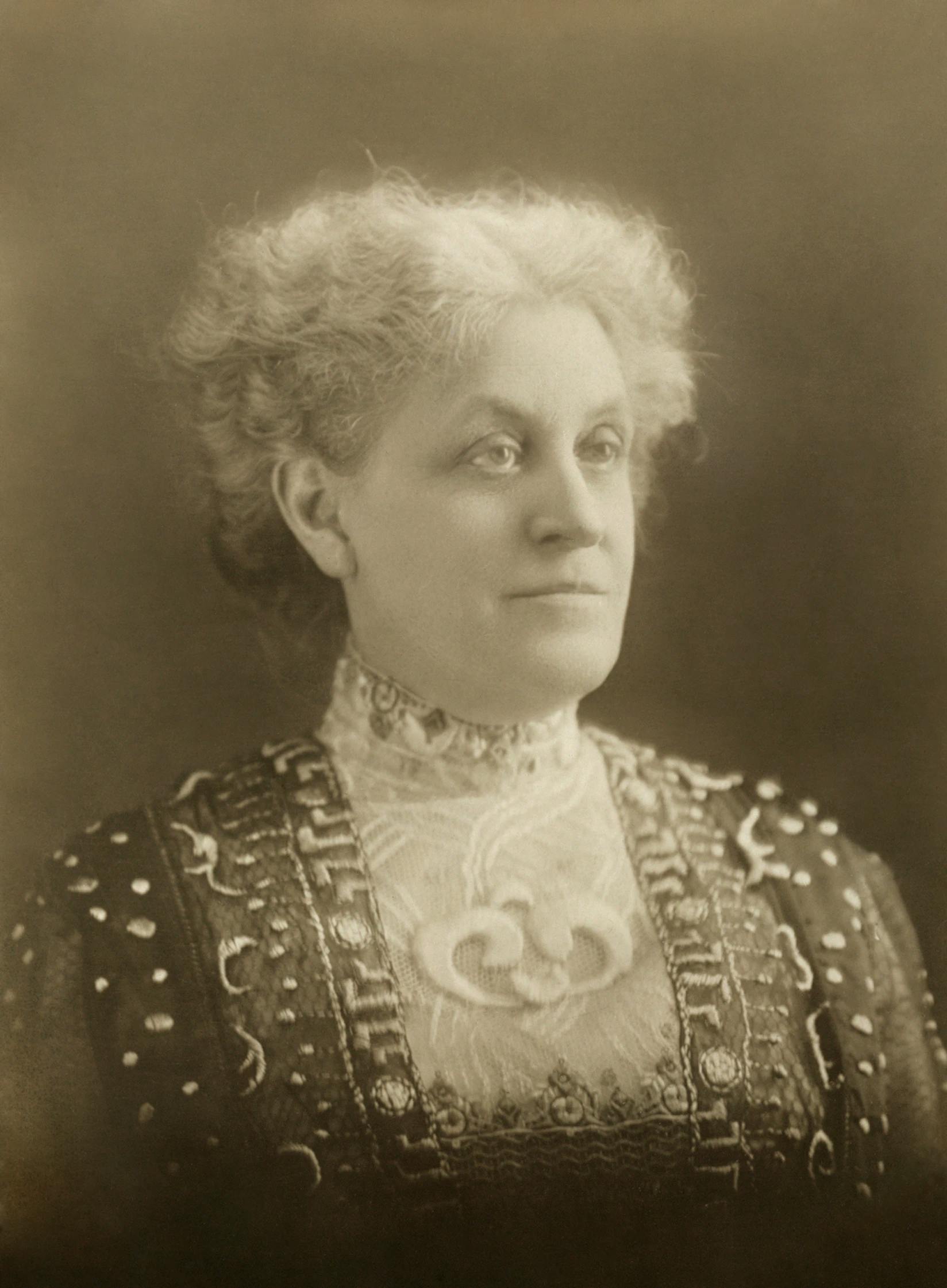
Born in 1859, Carrie Chapman Catt was the last president of NAWSA and founded the League of Women Voters after the 19th amendment passed. Catt befriended Susan B. Anthony and Anna Howard Shaw and joined NAWSA.
Catt served as the president of NAWSA twice. She first served in 1900 to 1904 and founded the International Woman Suffrage Alliance. She retired from NAWSA to take care of her sick husband. It’s also believed that she took a break after the 1906 death of Susan B. Anthony that "left her emotionally drained."
Catt founded the League of Women Voters to help educate women across the country about politics.
After traveling abroad for the International Woman Suffrage Alliance, Catt returned to her NAWSA presidency after Anna Howard Shaw retired in 1915. She helped found the Woman’s Peace Party the same year. Catt’s second term as NAWSA president was a challenge, for she was often at odds with the National Women’s Party (NWP), led by Alice Paul. Unlike Paul, Catt didn’t support militant tactics like picketing the White House. However, both NAWSA and the NWP were instrumental in the passage of the 19th amendment.
After the 19th amendment was signed and ratified in 1920, NAWSA dissolved, and Catt founded the League of Women Voters to help educate women across the country about politics. Catt died in 1947 and was the only NAWSA president to live to see the ratification of the 19th amendment.
Alice Paul
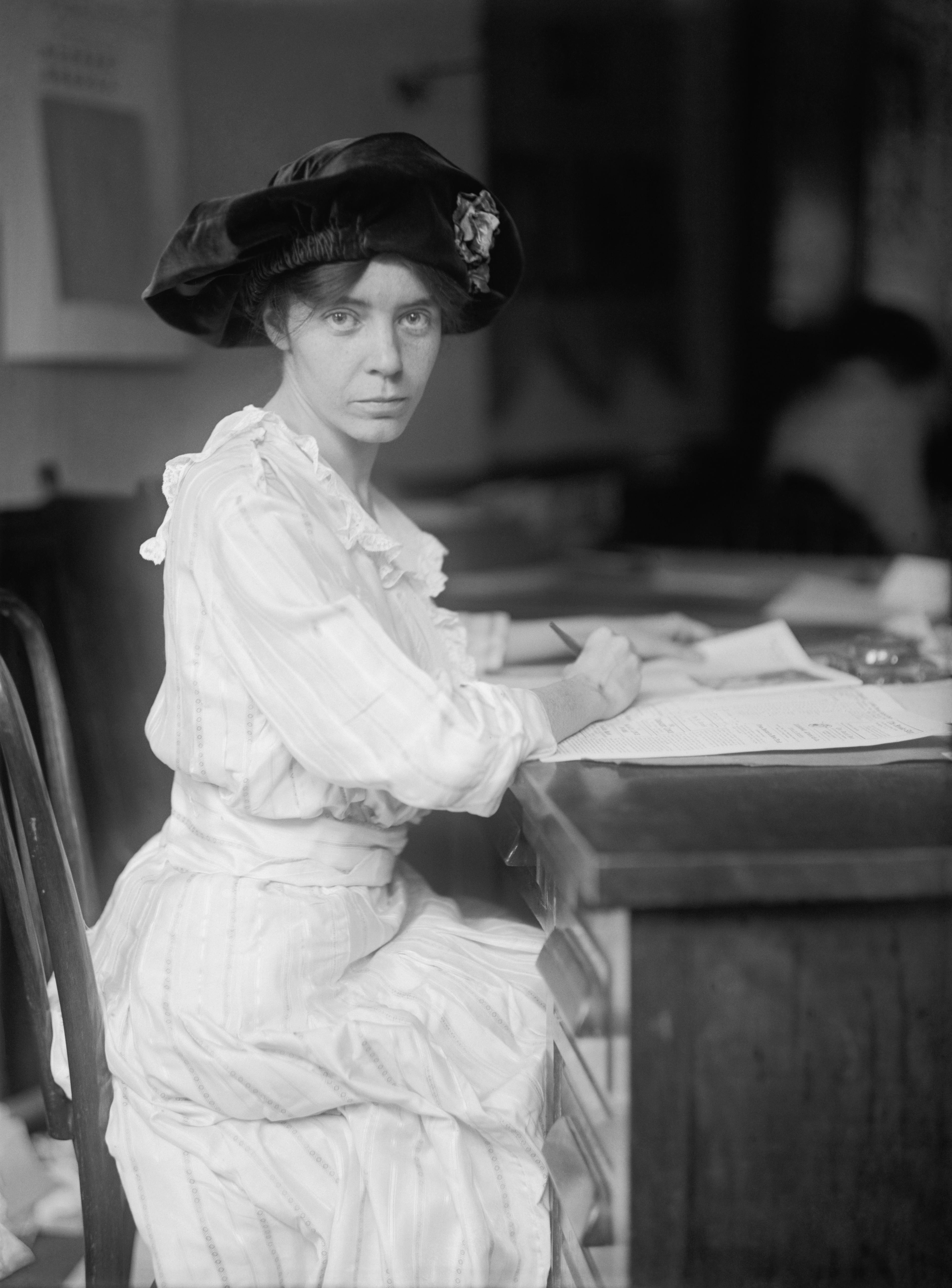
Born in 1885, Alice Paul was a firm believer in gender equality due to her Quaker faith. After she earned her Master’s in Sociology from Columbia University in 1907, she moved to England to study social work.
While in England, Paul joined the suffrage movement, where she "learned militant protest tactics, including picketing and hunger strikes." After returning to the United States and earning her Ph.D., Paul joined NAWSA in 1912. She left NAWSA shortly after joining to start the National Woman’s Party (NWP) which embraced militant tactics.
NWP’s tactics included parades, pickets, and demonstrations. Some of Paul’s most famous protests include a march in Washington D.C. on March 3, 1913, the day before President Woodrow Wilson's inauguration. Another famous protest of Paul’s was the Silent Sentinels protest, which consisted of a year and a half of picketing the White House. Some of the most famous slogans of the suffragette movement came from these protests, including, “MR. PRESIDENT, HOW LONG MUST WOMEN WAIT FOR LIBERTY?”
The National Woman’s Party’s militant tactics included parades, pickets, and demonstrations.
Despite the protests leading to several arrests, Paul and the rest of the women of the NWP never backed down. Their resilience paid off, for the militant activism of the NWP and non-militant activism of NAWSA were both instrumental in the passage and ratification of the 19th amendment in 1920.
Paul spent the rest of her life continuing to fight for women’s rights, including advocating for the Equal Rights Amendment. Paul died in 1977.
Closing Thoughts
As we celebrate the 101st anniversary of the ratification of the 19th Amendment, it’s important to remember the women who made this possible and to honor their legacy.